
Code: 01401354
Noninvasive Imaging of Cardiac Metabolism
by Ernst E. van der Wall
F.J.Th. WACKERS Metabolic imaging: The future of cardiovascular nuclear imaging? Since cardiovascular nuclear imaging emerged as a new subspecialty in the mid-1970s, the field has gone through an explosive growth. Radionuclide tec ... more
- Language:
 English
English - Binding: Hardback
- Number of pages: 311
Publisher: Kluwer Academic Publishers
- More about this

91.84 €
RRP: 91.88 €
You save 0.04 €
Availability:
50/50 We think title might be available. Upon your order we will do our best to get it within 6 weeks.
We think title might be available. Upon your order we will do our best to get it within 6 weeks.We search the world
You might also like
-

Community-Based Participatory Research
85.25 € -
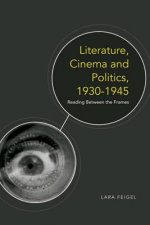
Literature, Cinema and Politics, 1930-1945
128.29 € -4 % -

Nonprofit Governance
107.90 € -

Central Wales Line
13.99 € -12 % -

On Wheels and How I Came There: A Real Story for Real Boys and Girls, Giving the Personal Experiences and Observations of a Fifteen-Year-Old Yankee Bo
31.81 € -3 % -

Operation Ironman: One Man's Four Month Journey from Hospital Bed to Ironman Triathlon
17.39 € -
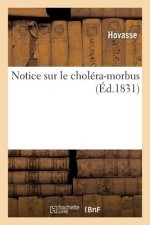
Notice Sur Le Cholera-Morbus
15.74 €
Give this book as a present today
- Order book and choose Gift Order.
- We will send you book gift voucher at once. You can give it out to anyone.
- Book will be send to donee, nothing more to care about.
Availability alert
Enter your e-mail address and once book will be available,
we will send you a message. It's that simple.
More about Noninvasive Imaging of Cardiac Metabolism
You get 226 loyalty points
 Book synopsis
Book synopsis
F.J.Th. WACKERS Metabolic imaging: The future of cardiovascular nuclear imaging? Since cardiovascular nuclear imaging emerged as a new subspecialty in the mid-1970s, the field has gone through an explosive growth. Radionuclide techniques became readily recognized as important new diagnostic aids in the armamentarium of the clinical cardiologist. Initially, cardiovascular nuclear imaging focused on static myocardial imaging using either thallium-201 or technetium-99m-pyrophosphate for diagnosing acute myocardial infarction. Shortly thereafter, multigated equilibrium radionuclide angiocardiography became the most widely used noninvasive method for assessing cardiac function. Furthermore, attention and clinical application shifted towards the use of radionuclide techniques in conjunction with exercise testing, either with thallium-20 1 myocardial perfusion imaging or technetium-99m left ventricular function studies. The future of cardiovascular nuclear imaging appeared exciting and promising. However, around 1980 pessimists predicted the premature demise of cardiovascular nuclear imaging with the introduction of digital subtraction angiography and nuclear magnetic resonance imaging. These doomsayers have been proven wrong: in 1985 cardiovascular nuclear imaging is thriving and, in many centers, even expanding. Although digital substraction angiography and magnetic resonance imaging provided exquisite anatomic detail, for practical evaluation of patients with ischemic heart disease - in the Coronary Care Unit or exercise laboratory - nuclear techniques appeared to be more practical.
 Book details
Book details
Book category Books in English Medicine Clinical & internal medicine Cardiovascular medicine
91.84 €
- Full title: Noninvasive Imaging of Cardiac Metabolism
- Subtitle: Single Photon Scintigraphy, Positron Emission Tomography and Nuclear Magnetic Resonance
- Author: Ernst E. van der Wall
- Language:
 English
English - Binding: Hardback
- Number of pages: 311
- EAN: 9780898388121
- ISBN: 0898388120
- ID: 01401354
- Publisher: Kluwer Academic Publishers
- Weight: 740 g
Trending among others
-
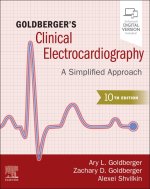
Goldberger's Clinical Electrocardiography
65.79 € -15 % -
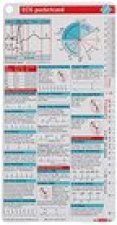
ECG Pocketcard
3.80 € -5 % -

Textbook of Clinical Echocardiography
196.35 € -
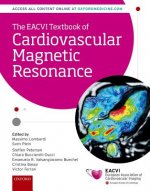
EACVI Textbook of Cardiovascular Magnetic Resonance
237.34 € -

Practice of Clinical Echocardiography
284.09 € -1 % -
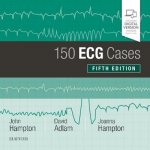
150 ECG Cases
30.47 € -6 % -
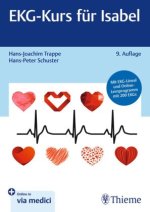
EKG-Kurs für Isabel
54.26 € -
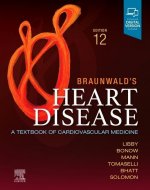
Braunwald's Heart Disease, Single Volume
292.73 € -
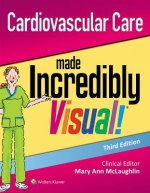
Cardiovascular Care Made Incredibly Visual!
77.11 € -

Heart's Code
13.89 € -20 % -
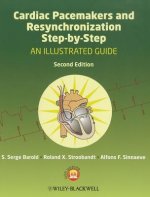
Cardiac Pacemakers and Resynchronization Step by Step - An Illustrated Guide 2e
71.25 € -4 % -

Moss & Adams' Heart Disease in infants, Children, and Adolescents
411.56 € -2 % -
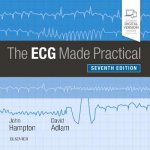
ECG Made Practical
38.81 € -15 % -

Human Heart, Cosmic Heart
21.41 € -18 % -
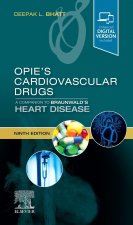
Opie's Cardiovascular Drugs: A Companion to Braunwald's Heart Disease
112.43 € -

Blood Chemistry and CBC Analysis
68.36 € -
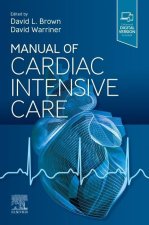
Manual of Cardiac Intensive Care
90.19 € -10 % -
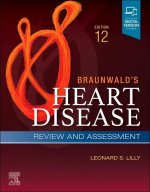
Braunwald's Heart Disease Review and Assessment
82.06 € -10 % -
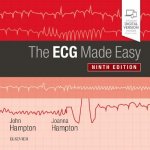
ECG Made Easy
29.75 € -

Textbook of Clinical Echocardiography
173.08 € -9 % -

ASE's Comprehensive Echocardiography
256.49 € -5 % -
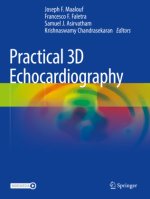
Practical 3D Echocardiography
143.94 € -
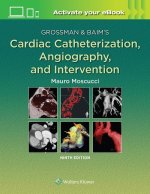
Grossman & Baim's Cardiac Catheterization, Angiography, and Intervention
277.60 € -4 % -
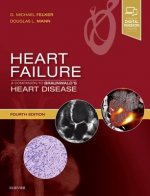
Heart Failure: A Companion to Braunwald's Heart Disease
261.64 € -

Practical Pediatric Cardiology
115.21 € -
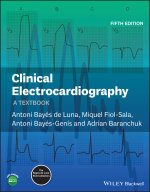
Clinical Electrocardiography - A Textbook 5e
156.71 € -

Echocardiography in Pediatric and Adult Congenital Heart Disease
373.26 € -

Questions, Tricks, and Tips for the Echocardiography Boards
120.88 € -3 % -

Clinical Cases in Cardiology
127.78 € -

Marriott's Practical Electrocardiography
118.82 € -5 % -
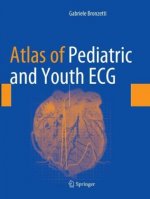
Atlas of Pediatric and Youth ECG
102.14 € -

Fetal Cardiology
102.14 € -
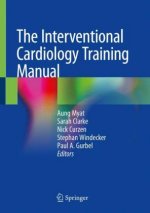
Interventional Cardiology Training Manual
129.63 € -
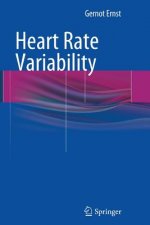
Heart Rate Variability
165.57 € -
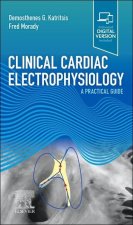
Clinical Cardiac Electrophysiology
112.43 € -
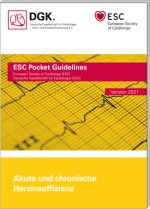
Akute und chronische Herzinsuffizienz
6.79 € -
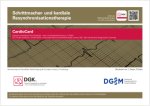
Schrittmacher- und kardiale Resynchronisationstherapie
5.55 € -

Challenges in Pulmonary Hypertension, An Issue of Heart Failure Clinics
90.60 € -9 % -
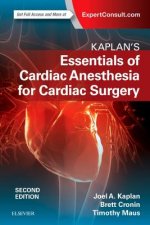
Kaplan's Essentials of Cardiac Anesthesia
103.48 € -9 % -
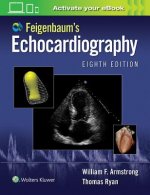
Feigenbaum's Echocardiography
349.27 € -
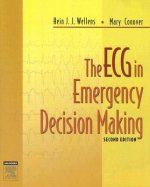
ECG in Emergency Decision Making
56.01 € -
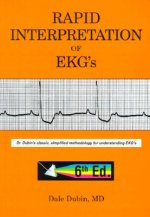
Rapid Interpretation of EKG's
64.45 € -
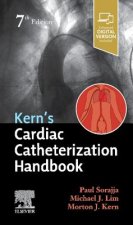
Kern's Cardiac Catheterization Handbook
76.50 € -8 % -

Practical Approach to Transesophageal Echocardiography
174.52 € -

Manual of Chronic Total Occlusion Interventions
83.81 € -10 % -
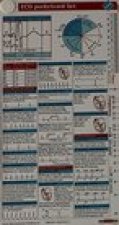
ECG Pocketcards Set of 3
10.49 € -5 % -
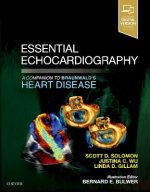
Essential Echocardiography
123.55 € -

Cardiology for Kids ...and Adults Too!
15.95 € -

HeartMath Solution
14.30 € -23 %
Collection points Bratislava a 2642 dalších
Copyright ©2008-24 najlacnejsie-knihy.sk All rights reservedPrivacyCookies


 15549 collection points
15549 collection points Delivery 2.99 €
Delivery 2.99 € 02/210 210 99 (8-15.30h)
02/210 210 99 (8-15.30h)